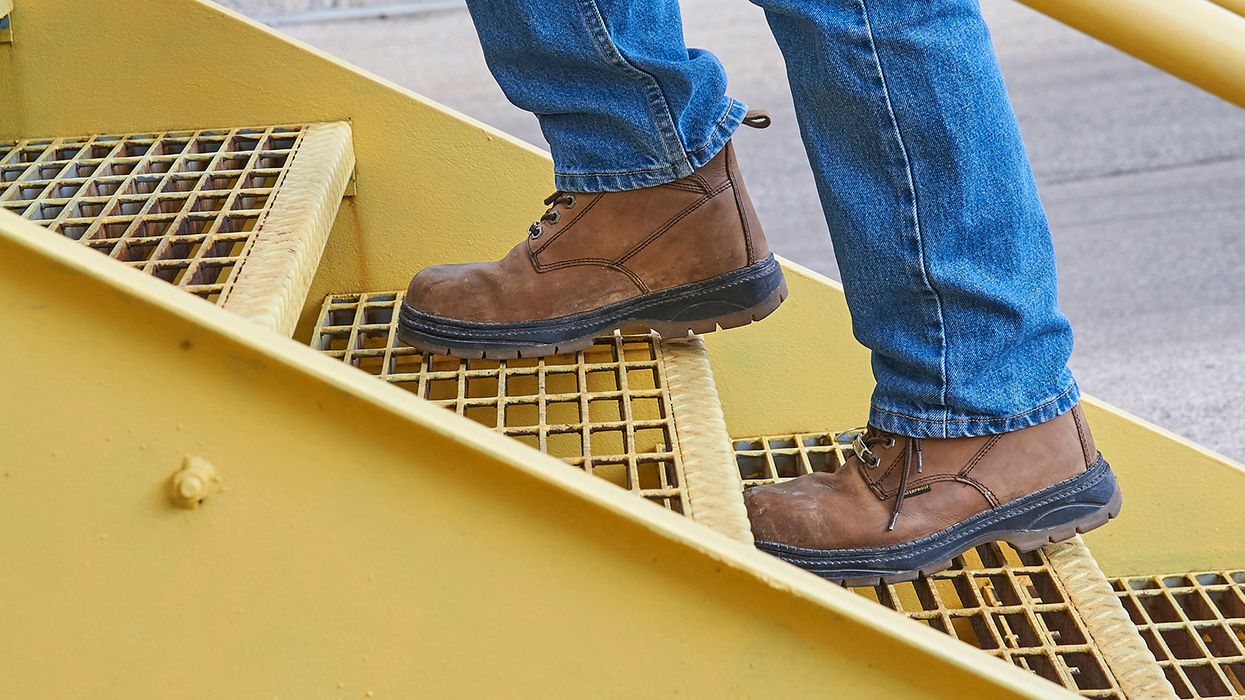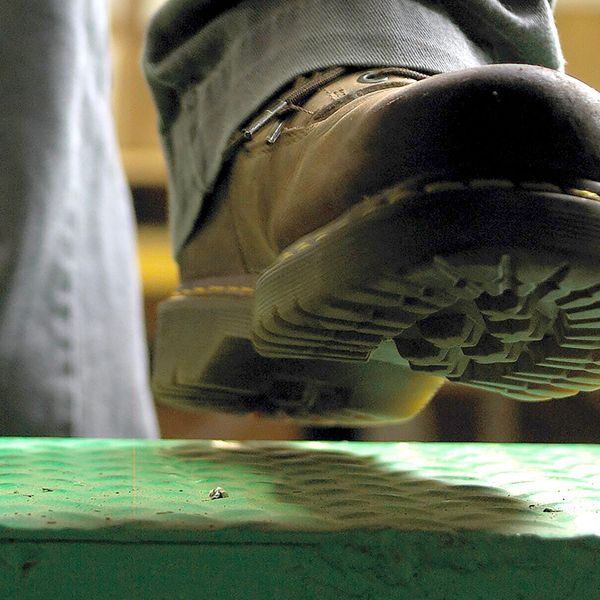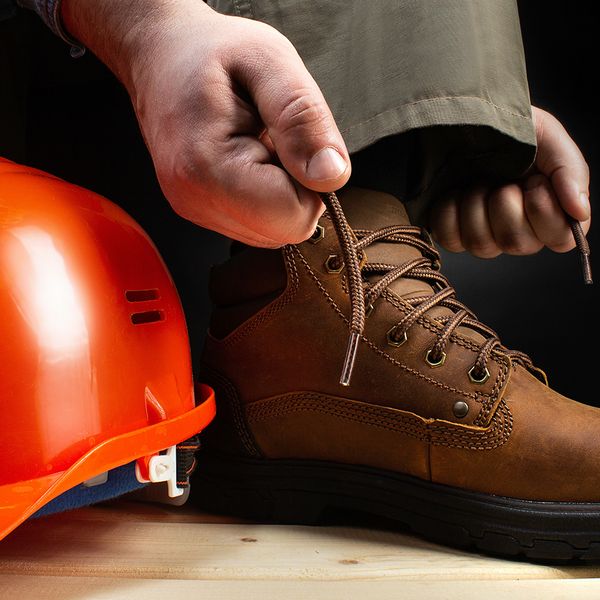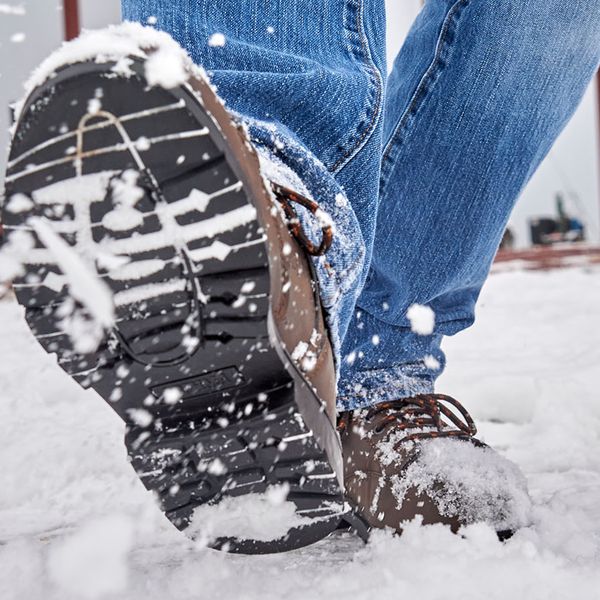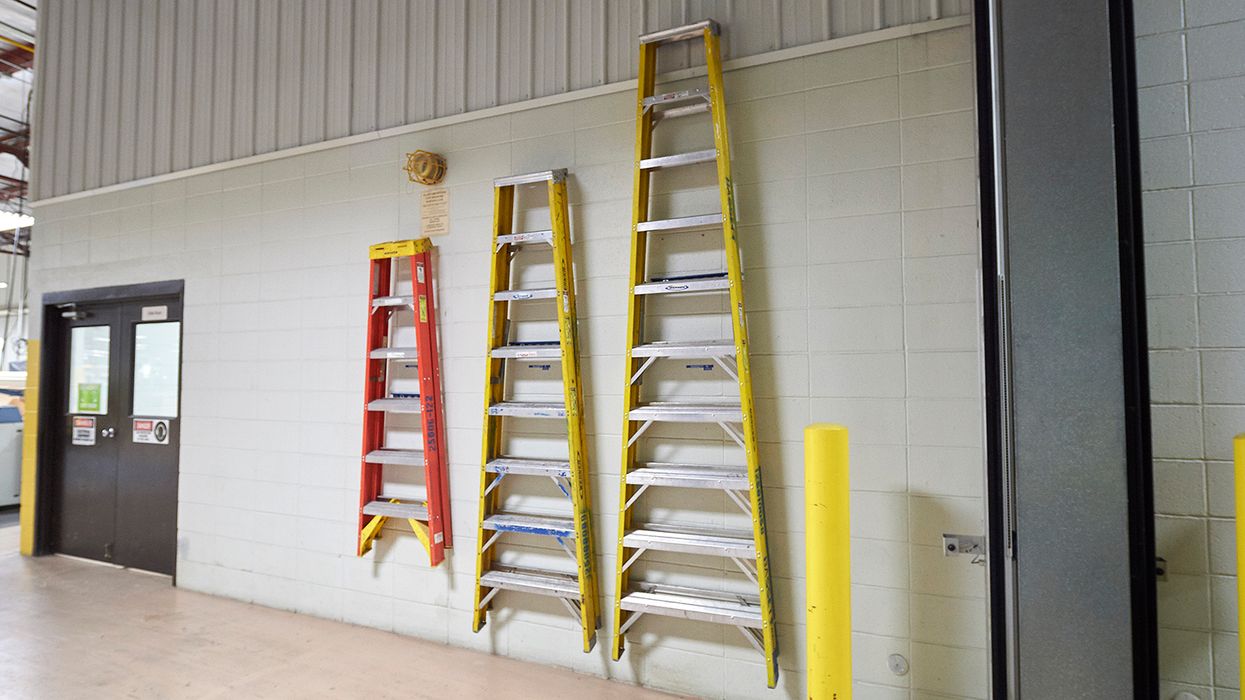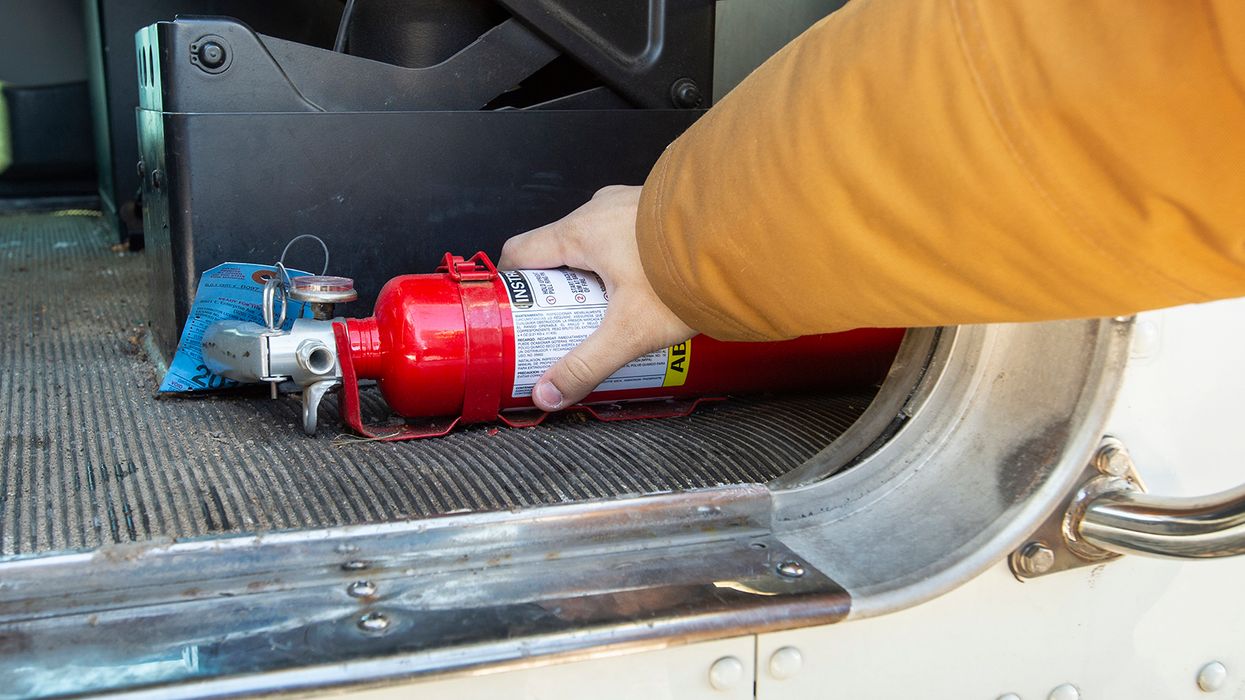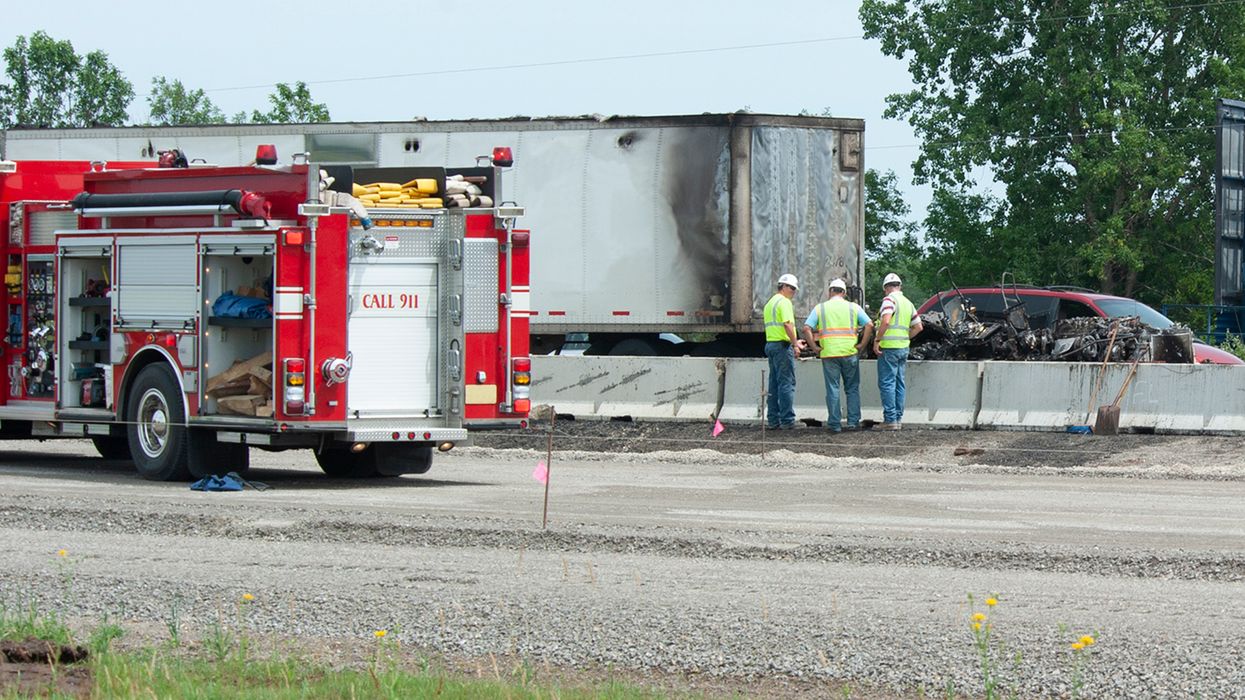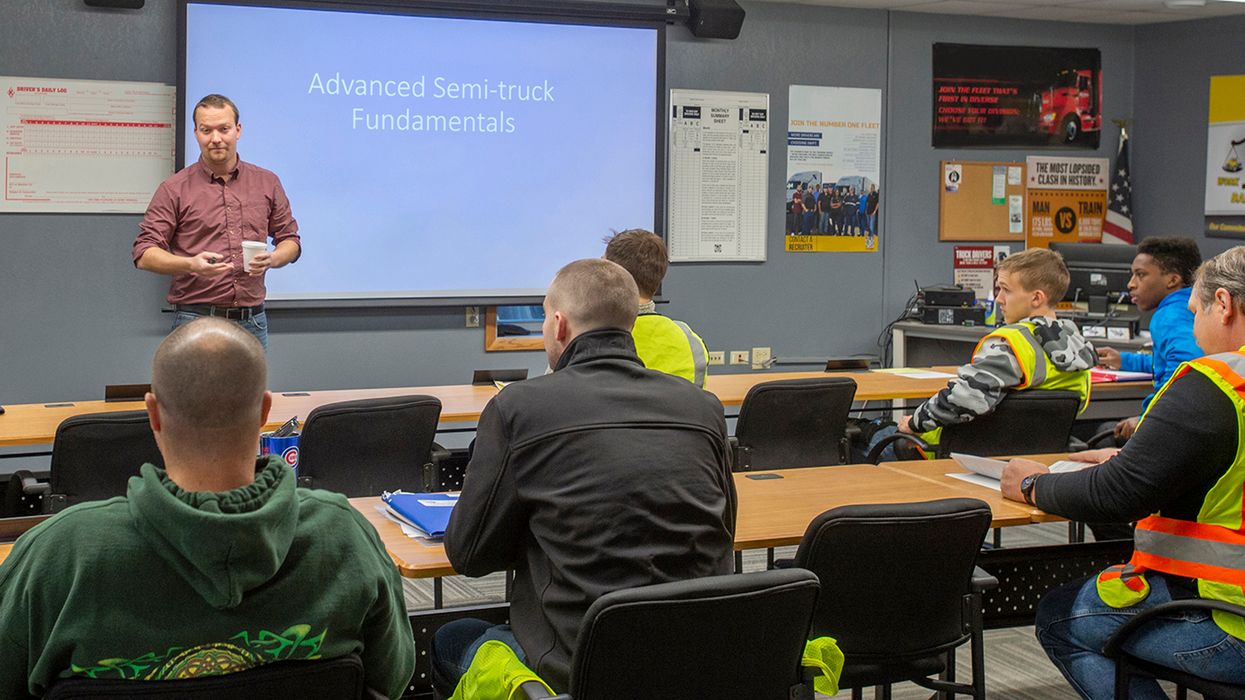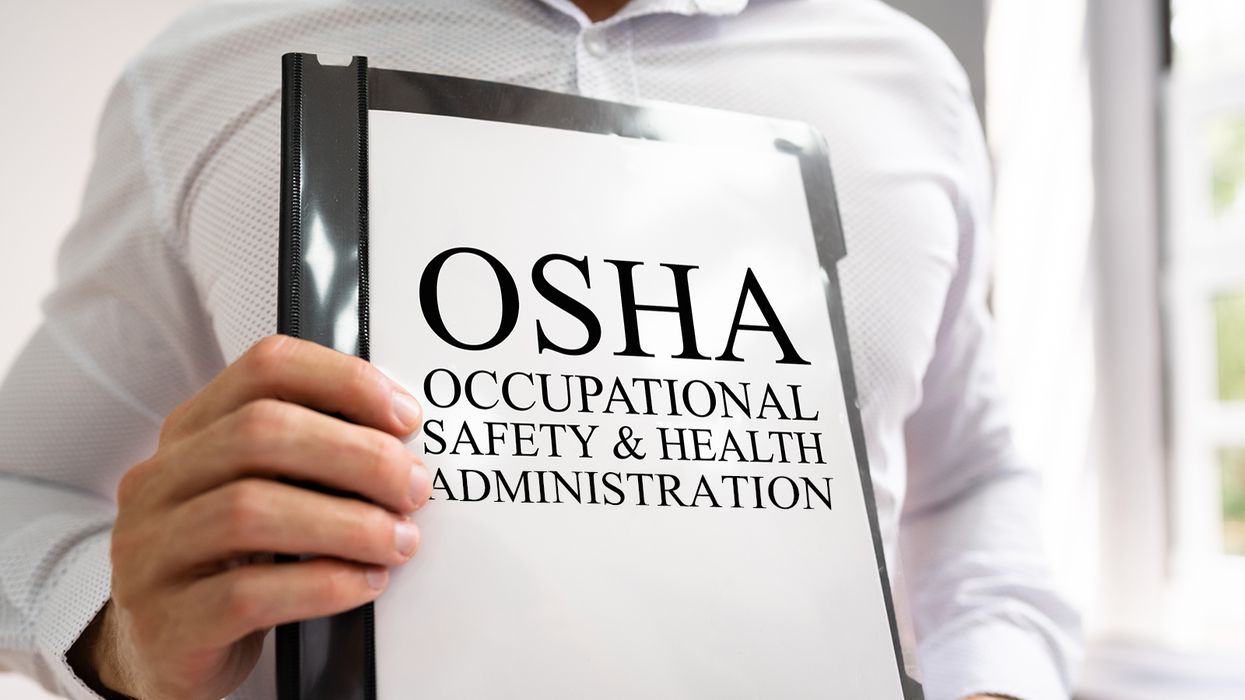Stay on the move with proper footwear
If you haven’t checked your workers’ footwear to ensure it’s in good repair, you might be surprised by what you find! OSHA doesn’t target workplaces in search of poor footwear. But it’s still important to be aware.
Many workers are injured annually from preventable foot injuries that can be largely avoided by wearing proper footwear. Typically, these issues surface during a workplace inspection or stem from an employee’s complaint to the Agency.
ASTM F-2413-24
American Society for Testing and Materials or ASTM International now, (ASTM) F-2413-2005, Standard Specification for Performance Requirements for Protective Footwear, which OSHA incorporates by reference in 1910.6, was updated in July 2024. Although the Agency hasn’t adopted this latest standard version, footwear manufacturers may begin using it or referring to it.
What is OSHA’s approach when an employer adheres to the latest version of a voluntary consensus standard, previously referenced or cited during rulemaking? The OSH Act draws a distinction between national consensus standards and OSHA’s rulemaking process. While the former often informs the latter, they are not interchangeable.
According to Section 5(a)(2) of the Occupational Safety and Health (OSH) Act, employers must adhere to OSHA standards (29 USC 654(a)(2)). Therefore, compliance with Section 5(a)(2) of the OSH Act is only achieved through national consensus standards that have been adopted or specifically incorporated by reference into an OSHA standard according to Section 6 of the OSH Act.
Paying for footwear
Employers have a crucial role in ensuring workplace safety as an employer. OSHA requires employers to pay for personal protective equipment. However, they aren’t required to pay for footwear if it’s non-specialty safety-toe footwear workers can wear outside of the workplace.
By providing and ensuring the use of proper footwear, you are actively contributing to the safety and well-being of your employees.
Types of protective footwear
What features make safety shoes or work boots different from regular street shoes? They are designed to protect the foot and toes in most likely injured areas. There are many different types and designs of protective footwear.
A wide range of protective footwear is available, each designed for specific work environments and hazards. Knowing these options is essential to ensure your workers are equipped with the most suitable protection as an employer. Several of the different types of protective footwear employers should know about:
- Safety shoes — have toe guards that meet the ASTM F-2412-2005 and ASTM F-2413-2005 or ANSI Z41 (ANSI Z41-1999 or ANSI Z41-1991) standards. Steel, reinforced plastic, and hard rubber are used to protect toes, depending upon their intended use.
- Metatarsal guards — instep guards to protect the top of the foot from impacts. Metal guards extend over the top of the shoe rather than just over the toes.
- Conductive shoes — prevent the accumulation of static electricity that builds up in the body of the wearer.
- Electrical hazard shoes — offer protection against shock hazards from contact with exposed circuits.
- Puncture-resistant shoes — protect against the hazards of stepping on sharp objects that can penetrate the soles.
- Slip-resistant shoes — have soles that provide improved traction in situations where slipping hazards exist.
- When choosing safety footwear, look for shoes that meet the ASTM F-2412-2005 and ASTM F-2413-2005 or ANSI Z41 (ANSI Z41-1999 or ANSI Z41-1991) Standards.
Workers in both General Industry and Construction must have proper footwear.
What must employers do?
Employers must train employees on the need for and use of protective footwear. Training should include:
- Information on when PPE is needed.
- An explanation of what protective footwear is required and where to obtain it.
- How to put on, take off, adjust, and wear protective footwear.
- The limitations of PPE.
- The proper care, maintenance, useful life, and disposal of the PPE.
Your employees must understand and follow your company’s foot protection procedures. If they have questions about protecting their feet from injury, ensure they know to ask their supervisor or understand how to contact your workplace’s competent person.
Key to remember
OSHA requires that employers ensure workers have proper footwear in the work environment to protect their feet from injury. Employers only need to pay for footwear if it’s specialty footwear.

